How one Haas alum revolutionized athletic footwear
NEVER BEFORE HAVE RUNNING SHOES SEEN such controversy. Reports that Nike’s Vaporflys are shaving minutes off of elite marathoners’ times have caused many to liken the shoes to technological doping. Runners wearing them have logged the five fastest men’s marathon and the fastest women’s marathon times ever recorded. An evolved Vaporfly prototype worn by Eliud Kipchoge to break the two-hour marathon is banned from international competition.
The Vaporflys’ secret? A carbon-fiber plate for stability surrounded by thick Pebax, a springy, lightweight aerospace foam that propels runners forward. It’s a profound technological advancement, the likes of which the running shoe industry hasn’t seen since the 1970s—when the late Jerry Turner, MBA 60, then president of Brooks, set the gold standard for design by replacing rubber midsoles with EVA, ethylene vinyl acetate, an air-infused foam widely used today. Turner also invented a wedge to combat overpronation, heralding the modern running shoe’s emphasis on support and individual running gaits. The Brooks Vantage, named 1977’s best running shoe, put the company on the map.
To put Turner’s ingenuity, which paved the way for the likes of the Vaporfly, into context, here’s a brief evolution of running shoes.
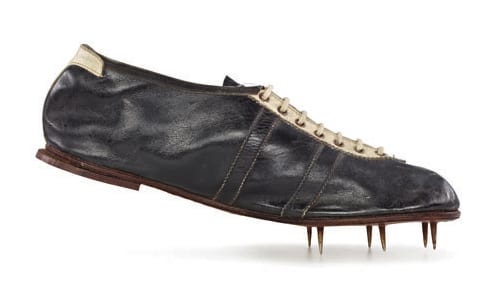
1920s
American marathoners wear shoes with thin leather uppers and crepe rubber soles. German Adi Dassler, founder of Adidas, makes track shoes with hand-forged spikes for Olympians.
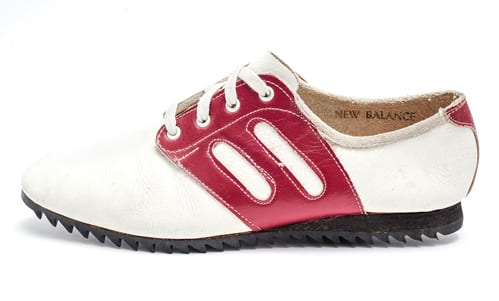
1960s
Running shoes are mass produced. The New Balance Trackster has a rippled rubber sole advertised to help prevent shin splints.
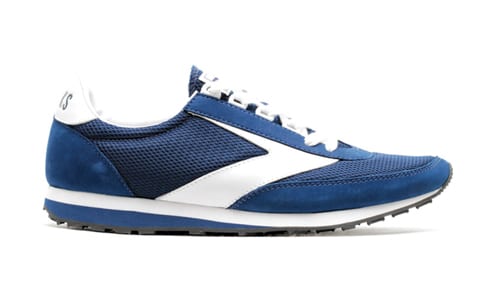
1975–77
After working with a chemical engineer, Brooks’ Jerry Turner, MBA 60, puts the light, waterproof, and durable EVA in midsoles—a game changer for cushioning and shock absorption. The air-infused foam is used in nearly all running shoes going forward.
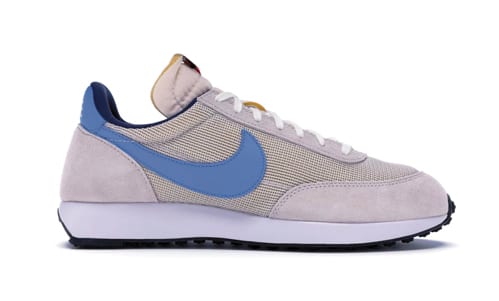
1978–79
Nike debuts its first Air shoe, which uses pressurized air for cushioning.
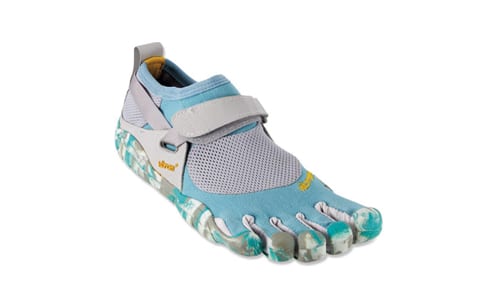
2000s
Barefoot rules. Glove-like shoes with thin rubber soles are all the rage…until they’re not.
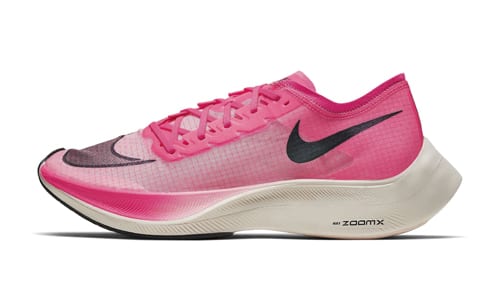
2010s
At first, shoes get lighter, simpler. As the decade progresses, companies put bouncier EVA alternatives into ultracushioned soles. Adidas uses thermoplastic polyurethane. Nike’s Vaporfly (shown) uses Pebax.